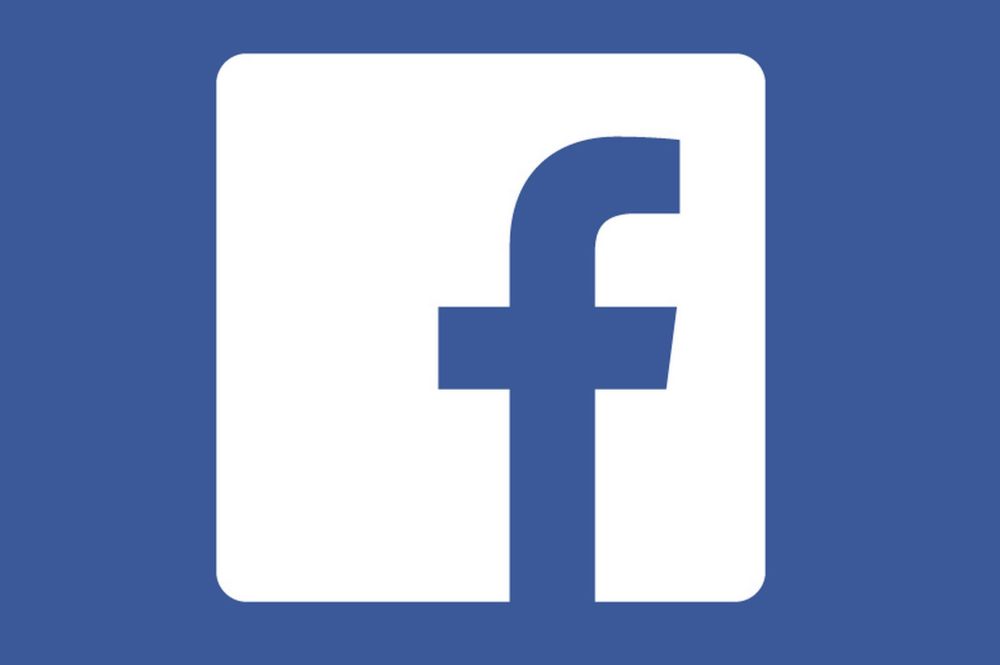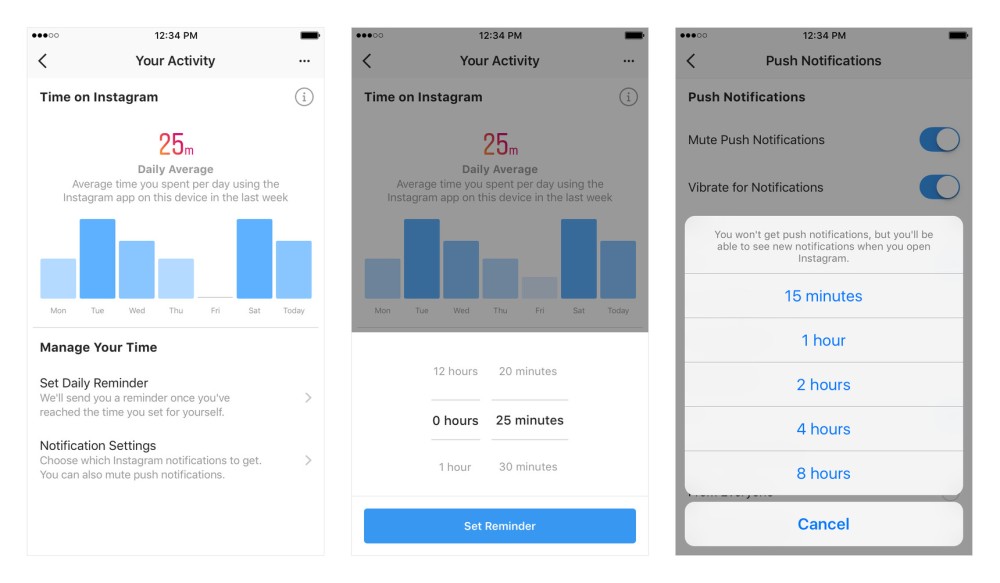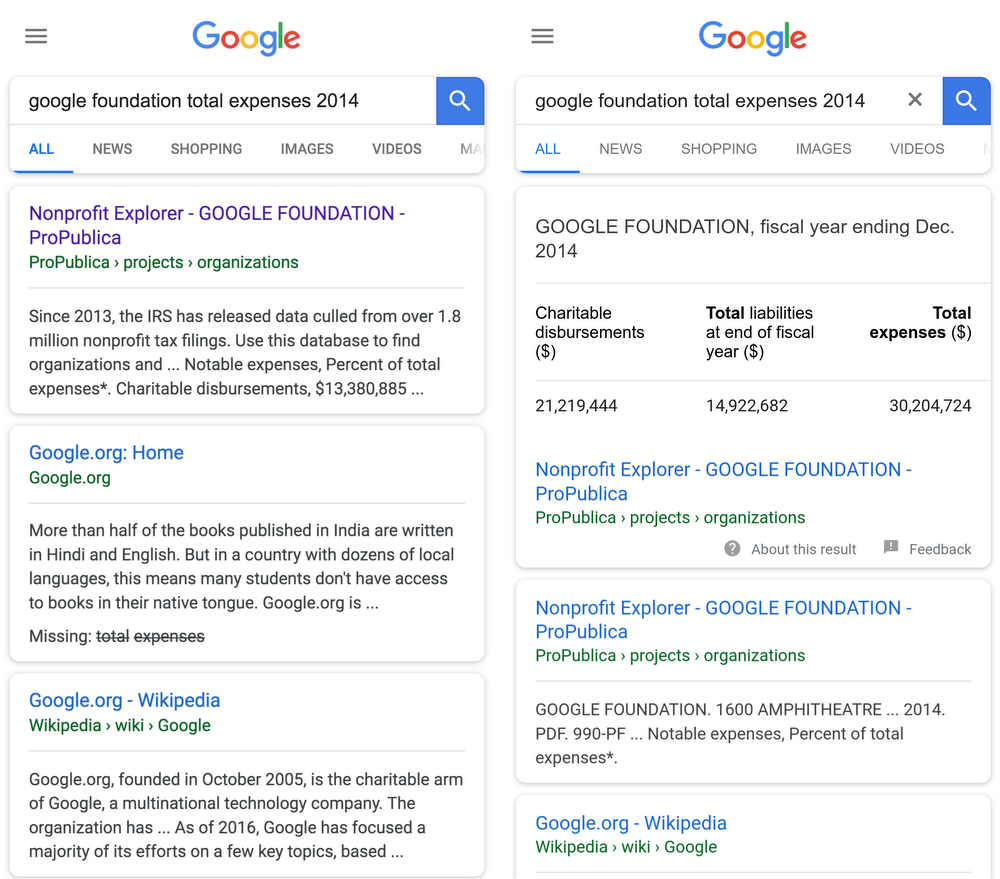This is The Download, a weekday recap of the top technology headlines.
Apple earnings: 41.3M iPhones sold, Revenue of $53.3B, net income of $11.5B

Apple has posted its third quarter earnings with revenue of $53.3 billion, surpassing its projection by a cool $1 billion in the company’s strongest third quarter ever. The average selling price of an iPhone was $724, below analyst estimates of $693.
“Our Q3 results were driven by continued strong sales of iPhone, Services, and Wearables, and we are very excited about the products and services in our pipeline.”
Tim Cook; Apple CEO, in a press release
The company’s expected revenue for fiscal Q4 is $60-$62 billion, up 16 to 19 percent from the same period last year. This could suggest that multiple new iPhones are on the way for the fall, along with strong sales for the new MacBook Pros that will be included in next quarter’s revenue.
Apple CEO Tim Cook specifically noted that strong International sales were a big driver for these numbers with 60 percent of all that money coming from sales outside the US.
41.3 million iPhones were sold during the quarter, compared to 41.03 million sold in the same period a year ago.
Beyond that, hardware sales were a mixed bag. iPad sales were up 27 percent from last quarter to 11.55 million in the quarter, largely helped by the launch of the $329, education-focused tablet. However, Mac sales tanked. The company sold 3.72 million of them, down nine percent from the previous quarter and 13 percent from this time last year.
This mild dip was easily balanced out by big growth from Apple’s services business, which includes app purchases, Apple Music, and iCloud. The division saw a 30 percent surge in revenue year-over-year to $9.55 billion that Cook attributed particularly to a surge in subscriptions to Apple services and third-party apps (like Apple takes a cut of). Apple Music has grown 50 percent since last year, along with revenues from the company’s cloud services.
Meanwhile, the Other Products segment (AirPods, HomePods, etc.) jumped 37 percent from this time last year. Apple doesn’t usually break out how individual products do relative to the entire company’s performance, but Cook pointed out during the earnings call that the Apple Watch’s growth was “in the mid-40a range” this quarter. AirPods also got a nod.
IDC: 342M smartphones shipped worldwide in Q2 2018, Huawei overtakes Apple for second place in smartphone shipments

Huawei has overtaken Apple to become the second-largest smartphone manufacturer in the world, according to new data from IDC and Canalys.
According to IDC, the overall market shrunk by 1.8 percent in Q2 2018. However, the biggest surprise here is that Huawei now has a 15.8 percent marketshare with 54.2 million smartphones being shipped in Q2.
Samsung remains the overall market leader with 20.9 percent market share and 71.5 million smartphones sold.
That doesn’t mean that Apple is on a downward spiral in any stretch, as just exhibited in its earnings. The company also has a slightly bigger market share with 12.1 percent of the market.
Canalys senior analyst Ben Stanton provided some color on the situation, saying that Q2’s always “seasonally weak” for Apple:
“While the iPhone X succeeded in generating volume in the previous quarters despite its hefty price tag, it has been unable to sustain that volume this quarter. But for an Apple flagship, this is normal. In addition to this, models such as the iPhone 7 and 7 Plus are also losing steam given a high sell-in in Q1. But an uptick in iPhone 8 and 8 Plus, helped in part by the Product Red campaign, was enough to offset this trend.”
Meanwhile, IDC worldwide mobile trackers program vice president Ryan Reith commented on the rise of Huawei, calling it “impressive… as is its ability to move into markets where, until recently, the brand was largely unknown.”
So how was Huawei able to accomplish this? Canalys analyst Mo Jia pegs it to the company’s focus on the low-end segment of the market, particularly with its Honor line:
“Despite its failure to strike a US carrier partnership, the company has turned around quickly, moving away from its drive for profitability and focusing instead on finding volume growth at the low end. Honor, which has long been a major brand in China but relatively small overseas, has taken a pivotal role in this strategy.”
The Honor brand’s grown to account for 36 percent of Huawei’s smartphone shipments, compared to 24 percent last year. Four million Honor smartphones were sold outside China in Q2, up 150 percent year on year.
Facebook bans 32 Pages, accounts from site, Instagram for “coordinated inauthentic behavior”

Facebook removed 32 pages and fake accounts from the service after the company detected an “ongoing political influence campaign,” where the accounts engaged in “coordinated inauthentic behavior” that in some cases was designed to influence November’s US midterm elections.
Facebook said during a call with reporters that it didn’t have enough technical , but Facebook officials that briefed lawmakers on the issue told The New York Times that Russia may be involved.
The company discovered activity designed to inflame tensions around politically charged topics like the rise of white supremacy in the United States and the country’s Immigration and Customs Enforcement (ICE) agency. Facebook particularly found suspicious accounts engaging in coordinated activity around the #AbolishICE movement and a second “Unite the Right” meet-up of white supremacists in Charlottesville, Virginia, a sequel to last year’s organized protest that devolved into violence leaving three people dead and dozens injured.
Facebook head of cybersecurity policy Nathaniel Gleicher said that the activity was “focused on a range of activities.” However, the company felt the need to disclose the findings with lawmakers and the public ahead of a scheduled August 10 left-wing protest in Washington that was coordinated by one of the inauthentic accounts and related to the one-year anniversary of the original “Unite the Right” protest.
According to the company, the event was shut down and five other authentic administrators of the event were enlisted to help inform Facebook of the situation. Over 600 users said they would attend the event, with more than 2,600 people listing themselves as “interested.” Facebook intends to explain to all of those users what happened.
Facebook published a series of blog posts outlining the removal of 32 Pages and accounts from the main Facebook app and Instagram that were involved in the inauthentic behavior that laid out the potential link to state-sponsored actors.
“It’s clear that whoever set up these accounts went to much greater lengths to obscure their true identities than the Russia-based Internet Research Agency (IRA) has in the past. We believe this could be partly due to changes we’ve made over the last year to make this kind of abuse much harder But security is not something that’s ever done. We face determined, well-funded adversaries who will never give up and are constantly changing tactics. It’s an arms race and we need to constantly improve too. It’s why we’re investing heavily in more people and better technology to prevent bad actors misusing Facebook – as well as working much more closely with law enforcement and other tech companies to better understand the threats we face.”
Nathaniel Gleicher, Facebook head of cybersecurity policy
According to Gleicher, the company identified eight Pages, 17 profiles, and seven instagram accounts. Around 290,000 people followed at least one of the pages, the earliest of which was created in March 2017. Over 9,500 organic posts were created by three Pages and accounts, and $11,000 were spent to run 150 ads between last April and June 2018. The Pages also created 30 Facebook events, some of which received commitment to attendance from thousands.
Facebook CEO Mark Zuckerburg posted to his personal page after the briefing, saying that “security isn’t a problem that you ever completely solve.”
A series of sample posts from the banned accounts were also disclosed by Facebook:
Senator Mark Warner (D-VA) reported to the announcement, saying that it’s “further evidence that the Kremlin continues to exploit platforms like Facebook to division and spread disinformation.”
Facebook & Instagram launch activity dashboards to help people manage time on social apps

Instagram and Facebook are rolling out new “time well spent” features meant to help people dealing with smartphone addiction.
You’ll now be able to see how much time you spend within each app, snooze notifications for up to eight hours, and set a timer that will alert you after you’ve spent a certain amount of time using the app on a given day.
“As long as you believe that we’re developing products that people love, and that they use them frequently because they’re deriving value out of them, not because they’re addicted to it, then we’re doing our job. Okay, if that’s our mission, then the question is, ‘can we provide people tools so that they can be in control?”
Kevin Systrom; Instagram CEO, in an interview with Recode
System says that he has a responsibility to balance the amount of time users spend on Instagram.
“I as the CEO of Instagram don’t want to make a single person use Instagram more than they want to use it. That’s not my intention. So if we can give people the tools to control their time, or be aware of their time, I think that is a very healthy equilibrium.”
Kevin Systrom
This places Facebook in an interesting position though, as it jeopardizes the company’s dominant revenue source of serving users ads at least in part if users spend less time in its apps. Instagram product director Ameet Ranadive said that the company’s “willing to live with” that tradeoff:
“There may be some trade-off with other metrics for the company. That’s a trade-off that we’re willing to live with because, in the long run, this is important to the community.”
Ameet Ranadive, Instagram product director
Google working with news organizations to surface data journalism project data in search results

Google is working with several news organizations to surface more project data from their data journalism projects in its search results.
The goal here is to make it easier for the data produced by these organizations to be discoverable and surfaced in an easy to read format on the company’s search pages.
“Data journalism takes many forms, and it’s not always clear from the headline that there is potentially useful data within that document or story. The way that data is presented can vary as well, and though data tables are often the most useful format for data journalists, it isn’t always easy for Google Search to detect and understand tables of data to surface the most relevant results.”
Simon Rogers; Google News Lab data editor, in a blog post
ProPublica is among the organizations working to provide the structured data in the format needed for the search index. As long as that data is in a table, adding it to the index should be pretty straightforward.
“As a news organization that is focused on having real-world impact, it’s very much in our mission to give people information at the point of need. If we can make the data we’ve worked hard to collect and prepare available to people at the very moment when they’re researching a big life decision, and thereby help them make the best decision they can, it’s an absolute no-brainer for us. And the code is trivial to add.”
Scott Klein, ProPublica deputy managing editor
Any news organization that produces this sort of data can follow Google’s guidelines and have this data indexed. For the right searches, the reward is going to be prime placement on Google’s search results pages.
In other news…
- Police in India have arrested two suspects for allegedly duping $4 million from 1,800 people in a fake cryptocurrency company called “Ripple Future” that promised to triple investor money in 250 days, along with running daily and weekly payment schemes.
- Online booking platform for salons and spas Shedul has raised $5 million in funding led by Berlin’s Target Global, with participation from New York’s FJ Labs.
- The BlackBerry Evolve and Evolve X have become official in India, with a 5.99-inch display that has an 18:9 aspect ratio, 2160×1080 resolution, and Gorilla Glass 5 protection.
- Popular lip-sync video app Musical.ly is being folded into Tik Tok, which will lead to the Musical.ly brand and app disappearing and the community is being automatically migrated to Tik Tok with an app update. ByteDance, Tik Tok’s parent company, acquired Musical.ly for $1 billion in November 2017.
- US Senator Jack Reed (D-RI) warned tech companies that “time is running out” during a meeting of the Senate Select Committee on Intelligence discussing foreign influence operations and their use of social media platforms.












